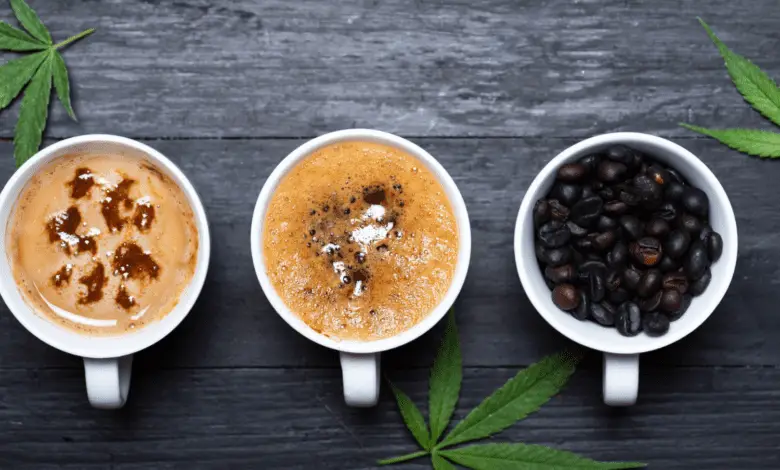Unraveling the Complex Relationship Between Caffeine and Cannabinoids

In the vast and ever-expanding world of psychoactive substances, caffeine, and cannabinoids stand out as two of the most widely consumed and discussed. Both have been subject to extensive study and have found their way into the daily lives of millions. Yet, the intriguing relationship between these two compounds, and their interaction within the rapidly growing cannabinoid industry, presents a fascinating area of exploration.
Caffeine: The Ubiquitous Stimulant
Caffeine, found in coffee, tea, and various energy drinks, is the world’s most widely consumed psychoactive substance. It’s known for its stimulating effects on the central nervous system, which can increase alertness and reduce the feeling of fatigue. Caffeine achieves this by blocking adenosine receptors in the brain, leading to increased neuronal firing and the release of other neurotransmitters like dopamine and norepinephrine.
Cannabinoids: A Diverse Group with Varied Effects
Cannabinoids are a group of compounds found in the cannabis plant, with over a hundred different types identified. The most well-known among these are THC (tetrahydrocannabinol) and CBD (cannabidiol). They interact with the body’s endocannabinoid system, which plays a role in regulating a host of physiological and cognitive processes. The effects of cannabinoids can range from the psychoactive effects of THC to the more subtle, therapeutic benefits of CBD.
The Interaction Between Caffeine and Cannabinoids
When caffeine and cannabinoids are consumed together, their interaction can influence the overall effects experienced by the user. While research is still emerging in this area, some studies suggest that caffeine can potentiate the effects of certain cannabinoids, possibly by enhancing absorption or synergizing with their effects on the endocannabinoid system.
The Rapid Growth of the Cannabinoid Industry
The cannabinoid industry has seen remarkable growth in recent years, with a surge in interest and research into various cannabinoids. This growth is partly due to the increasing legalization and acceptance of cannabis and hemp products for medical and recreational use.
- CBD (Cannabidiol): CBD has become immensely popular for its potential therapeutic benefits without the psychoactive effects associated with THC. It’s used in a variety of products, from oils and tinctures to edibles and topical creams.
- CBN (Cannabinol): CBN is gaining attention for its sedative properties, making it a potential candidate for treating sleep disorders and anxiety.
- CB9: The discovery of CB9, a derivative of CBD, adds to the diverse family of cannabinoids. With its unique structure and psychoactive properties, CB9 has the potential to offer new experiences for users, particularly in areas where other cannabinoids face legal restrictions.
Conclusion
The relationship between caffeine and cannabinoids is a complex and multifaceted one, with both substances influencing the effects of the other in various ways. As the cannabinoid industry continues to grow and diversify, with new compounds like CB9 emerging, the potential interactions and benefits of combining these substances will likely become an increasingly important area of study. This burgeoning field not only offers exciting possibilities for consumers but also for medical and therapeutic applications, underscoring the need for continued research and exploration.



